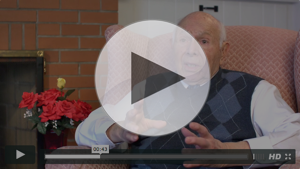Pressure ulcers occur in both institutional and home settings and affect more than 2.5 million people annually in the US according to the CDC. They can have devastating medical, emotional and financial consequences. A pressure ulcer is an area of skin that breaks down when something keeps pressing or rubbing against the skin. Generally, pressure ulcers occur when a person is in a sitting or lying position for too long without shifting position. The constant pressure against the skin causes a reduced blood supply to that area. Without proper blood supply, that tissue can die and an ulcer can form. Complications from pressure ulcers can include localized infection, osteomyelitis and sepsis which can be life-threatening.
The most common places for pressure ulcers are over bony prominences (bones close to the skin), such as the elbow, heels, hips, ankles, shoulders, back, and the back of the head. The National Pressure Ulcer Advisory Panel (NPUAP) created a process for evaluating pressure ulcers based on a staging system from Stage I (earliest signs) to Stage IV (worst). Occasionally an area is covered with yellow- to -black tissue and it is not possible to determine how deep the ulcer is. These are considered “unstageable”.
Aging increases risk due to a reduction in subcutaneous fat and reduced capillary blood flow. Immobility increases the risk even further. Additional contributing factors include certain medical conditions, weight loss or muscle atrophy, poor nutrition and poor hydration, bowel and/or bladder incontinence and inadequate care. According to the Mayo Clinic, position changes are key to pressure sore prevention. These changes need to be frequent, repositioning needs to avoid stress on the skin, and body positions need to minimize the risk of pressure on vulnerable areas.* The more mobile the patient, the less risk of pressure ulcers due to frequent position changes and improved circulation in the body. In addition, therapeutic support surfaces in beds and chairs help to reduce the risk of pressure ulcers. The AgileLife system can assist in both of these areas.
*http://www.mayoclinic.org/diseases-conditions/bedsores/basics/prevention/con-20030848
Written by: Christine Dunster, Clinical Director, Next Health

